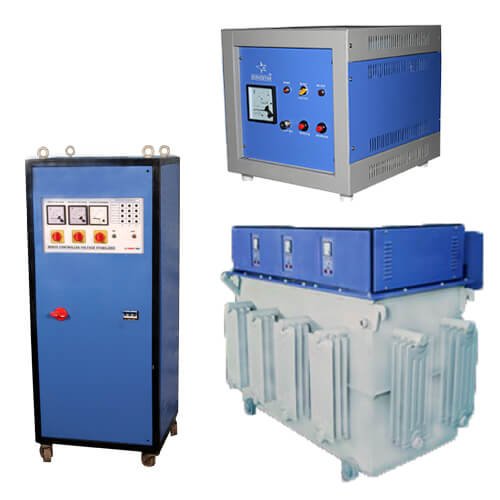
Three phase uninterruptible power supplies (UPS) operate in conjunction with existing electrical systems to provide power conditioning, back-up protection, and distribution for electronic equipment loads that use three phase power. A three phase UPS also prevents power disturbances such as outages, sags, surges, spikes, and noise from affecting the performance and life of the electronic device and vital data. Selecting three phase UPS requires an analysis of technology types, product specifications, and features.
Capacity specifications to consider when specifying three phase UPS are the volt-amp rating, watt rating, and input voltage range. Three phase UPS are rated in volt-amperes (VA) or kilo-VA (kVA). Note that the VA rating is not the same as the power drain (in watts) of the equipment. The watt rating is specified only if VA rating is unknown; the watt rating is less than or equal to VA rating. The input voltage range is the precise identification of the electrical system and is critical in the proper selection and application of a three phase UPS. Performance specifications for three phase UPS include runtime half load, runtime at full load, and switchover time. Runtimes refer to the length of time the three phase UPS will run at half load, full load, and the amount of time for switchover. Note that on-line or double-conversion devices do not have a switchover time. Output specifications for three phase UPS include output voltage in battery mode, number of backed-up outlets, and outlet options. Outlet options include additional electrical outlets, RJ type connectors, and coaxial cable connectors. Mounting options for three phase UPS include tower type, rack or tray, strip type or plug strip, and mounts on or in device protected. In addition to battery backup systems, rotary or battery-free three phase UPS are available that use the energy stored in a rotating member as backup energy.
